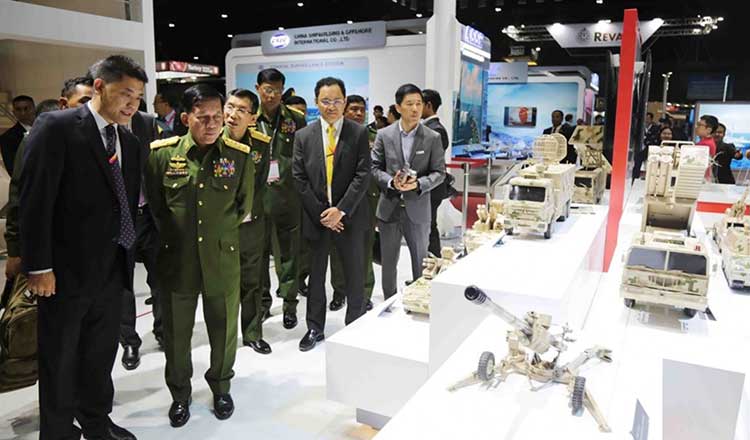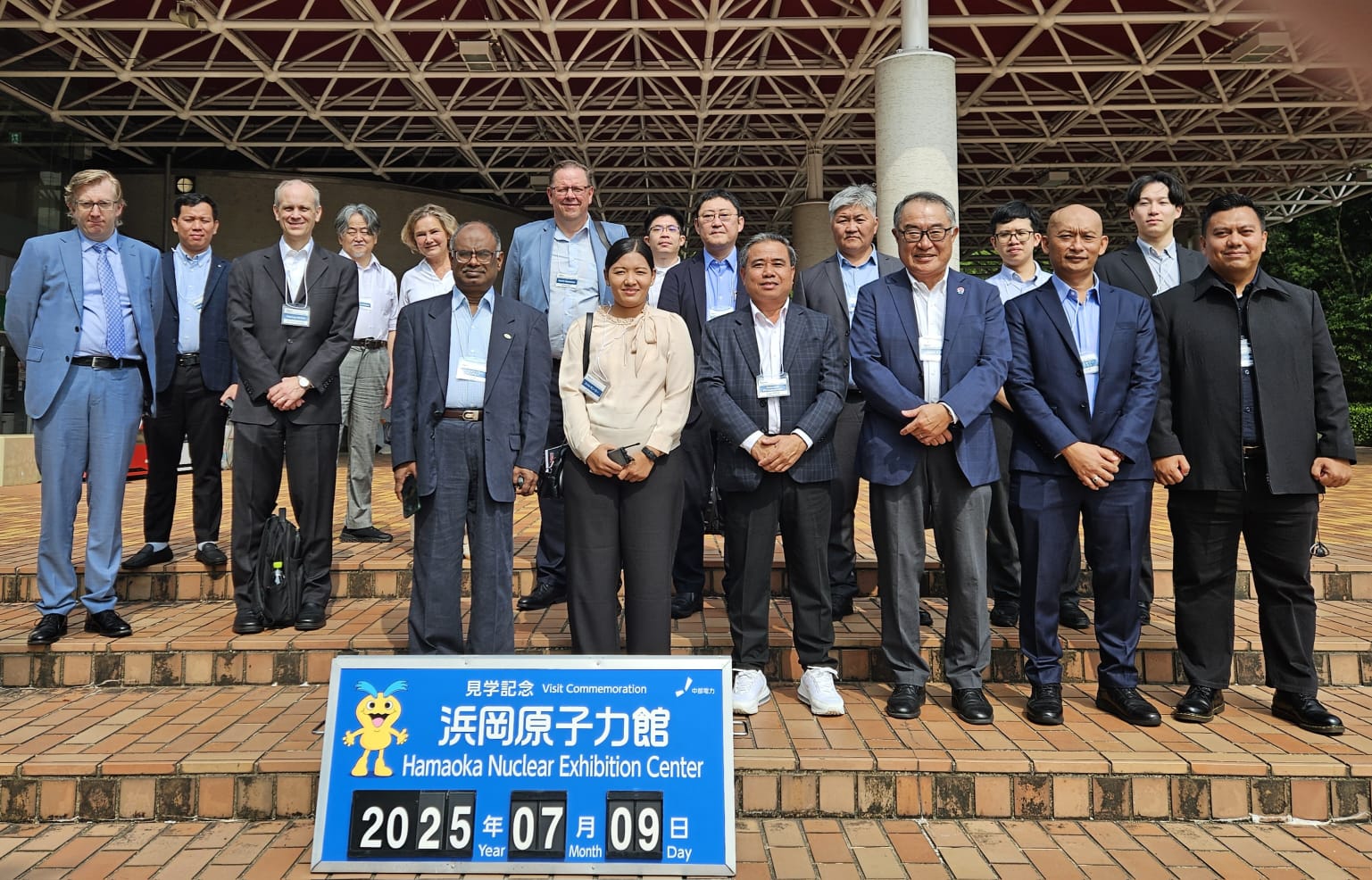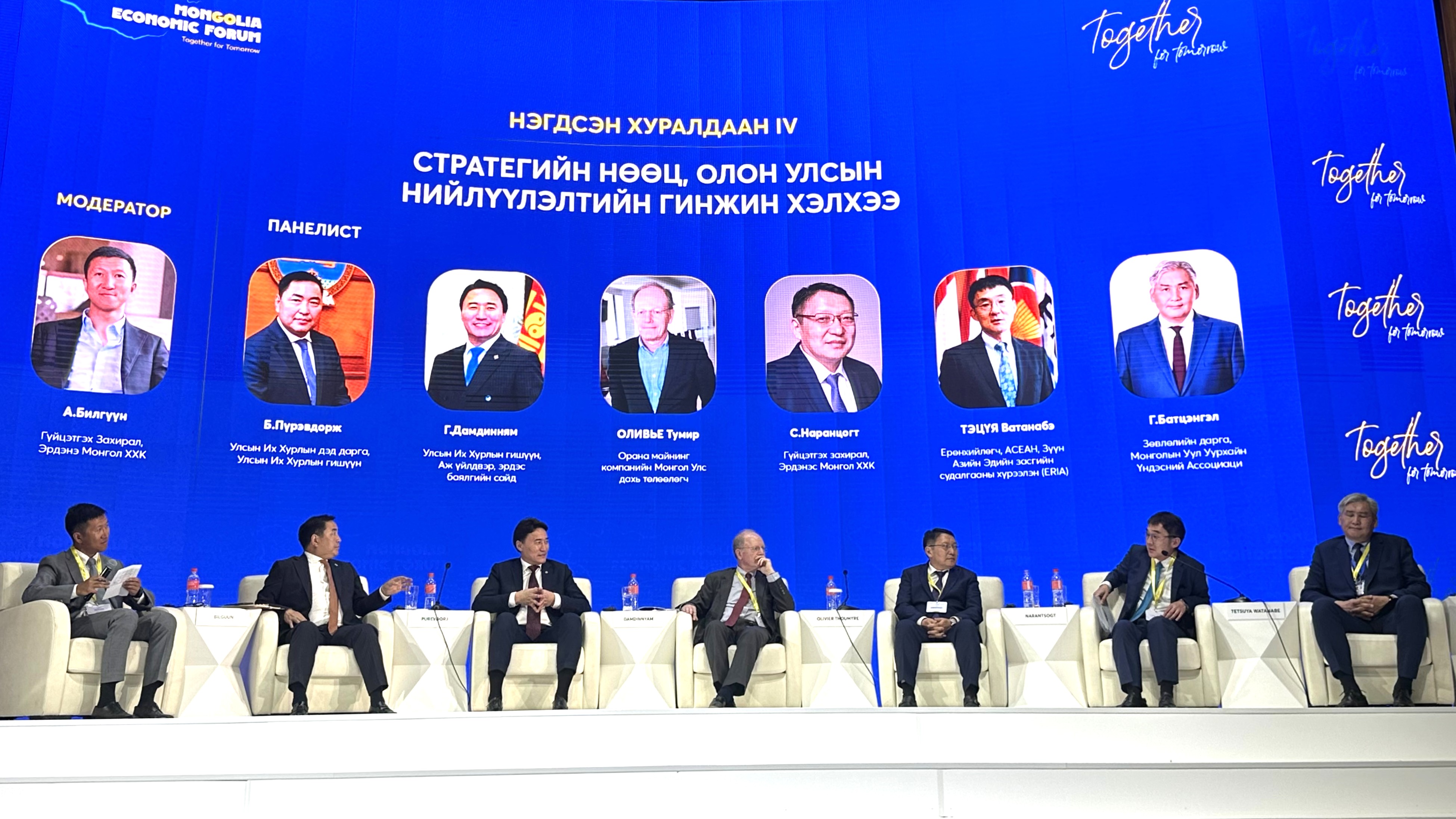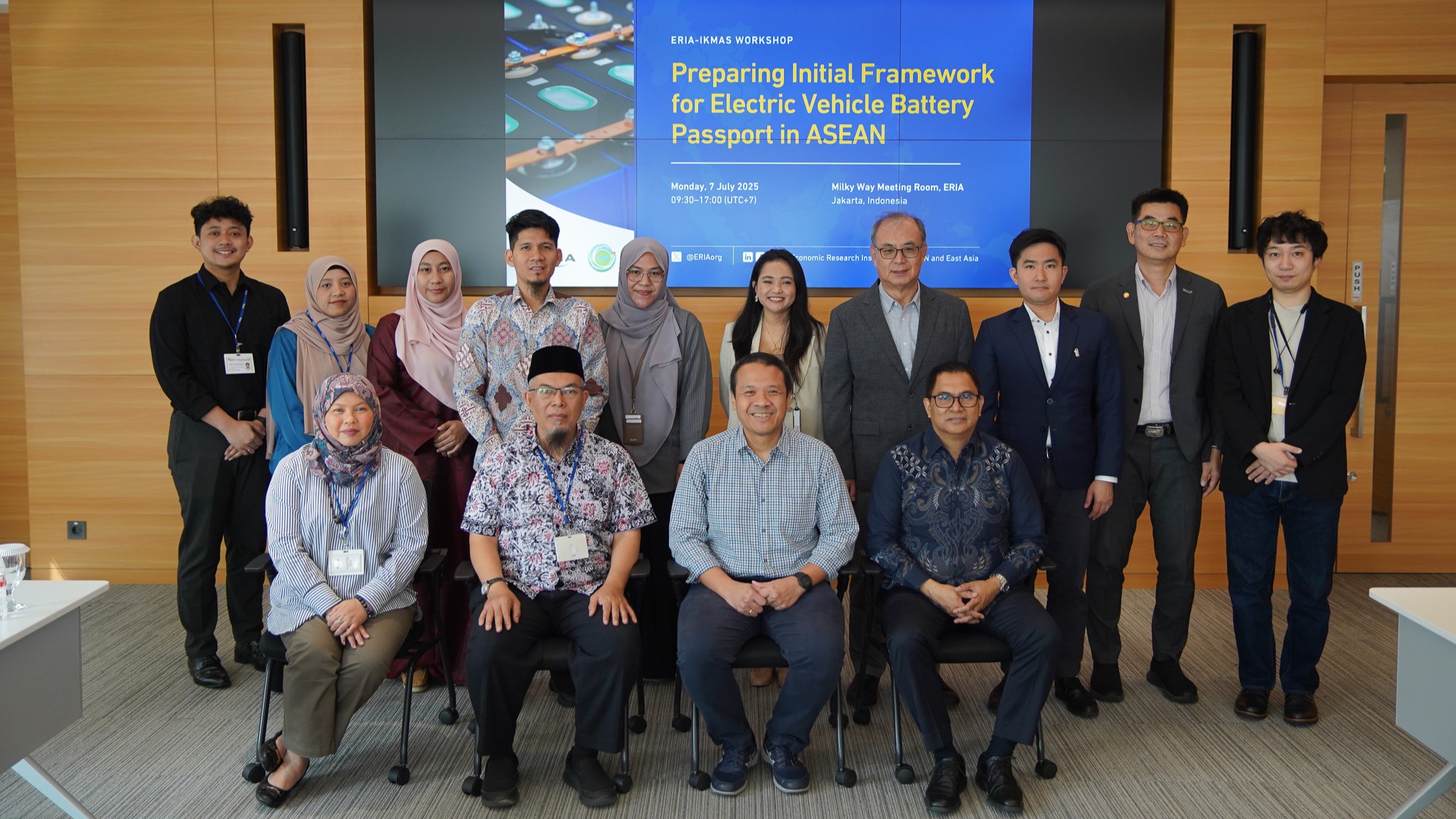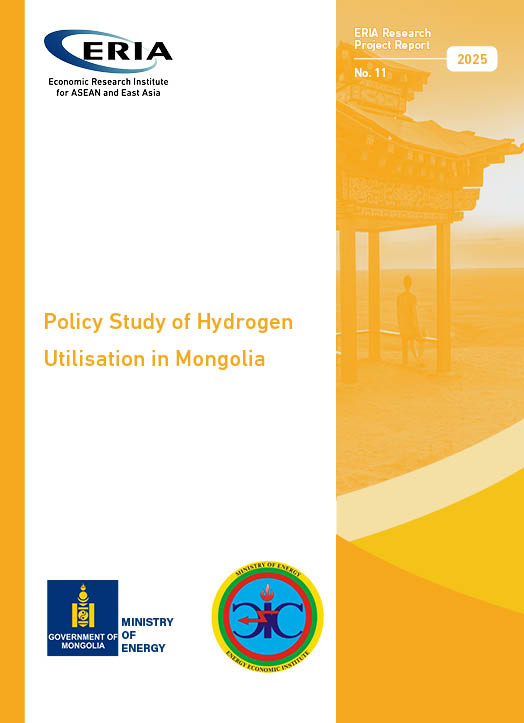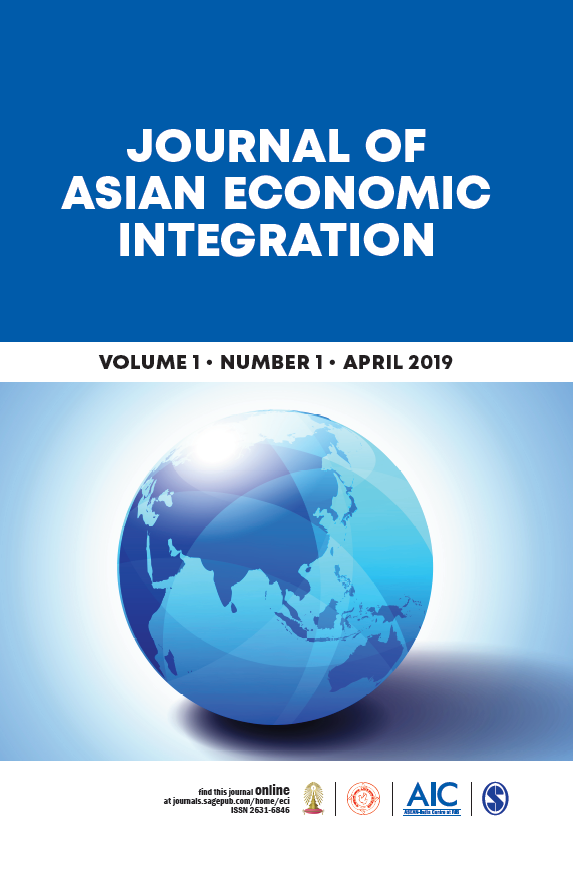Myanmar’s quagmire and two new game changers
Date:
26 December 2022Category:
OpinionsTopics:
-Share Article:
Print Article:
By Mr Kavi Chongkittavorn, Senior Communications Advisor: The recent newly passed bill by the Congress, known broadly as Burma Act 2022, which allows the US government to provide technical support and non-military assistance to engage with the opposition groups against the military junta in Naypyidaw combined with the incoming Asean chair, Indonesia, could impact the trajectory of the Myanmar crisis, soon to enter its third year.
The new catalyst would be increased support of the National Unity Government, Ethnic Armed Organizations, People’s Defense Force as well as. Committee Representing Pyidaungsu Hluttaw (CRPH). To date, no Western countries have enacted such law for such a purpose.
It is well known that the US Congress often involves itself in the internal development of other countries by coming up with legislation and sanctions to punish groups or governments, which in their view, are not democratic and oppress their people.
In the case of Myanmar, it is very clear that the US wanted to help the Myanmar people to obtain democracy so they authorized the provision of so-called “non-lethal” assistance to the groups fighting the military regime in Nay Pyi Taw, namely the NUG, EAOs and PDF.
From a historical perspective, especially the wars in Southeast Asia such “non-lethal” aid can at times be very lethal. The line is somewhat blurred. It could involve training and providing assistance to improve the recipients’ capacity to mitigate the defensive capacity of hostile forces.
If there is no substantive progress in coming months, the situation in Myanmar could spin out of control and gradually transformed into a mini proxy war. The State Administration Council (SAC), the official name of military junta, plans to hold an election in August.
If the SAC proceeds the poll as planned, the next eight months could be bloody because there is still no political dialogue and no consensus from all stakeholders what kind of election they would agree and have. Without any prior consultation among conflicting partners, the election and its outcome would be a sham.
In addition, the incoming chair, Indonesia, has a different idea of the ways and means to deal with Myanmar. Fresh from the success of the chair of G20, Indonesia and President Widodo Joko, who has been hailed as a global leader, would want to stay focus on Indonesia’s priority on multiple crisis including food, energy, health as well as digital transition.
Therefore, the Myanmar crisis would not be high on the Jakarta’s agenda as it was in the past two Asean chairmanships.
What kind of role is Indonesia going to take up? After the coup, Brunei Darussalam and the chair’s special envoy, Erwan Yusof adopted a low and benign profile, pursuing the ASEAN 5-point consensus (5PC) with a small progress.
When the next chair, Cambodia, took over, both Prime Minister Hun Sen and his team were in an overdrive mode. Believing his personal experience and good intention will help usher back Myanmar to the ASEAN embrace and help ending the quagmire, Hun Sen personally led the process.
In the end, the military junta did not buy in the Cambodia chair’s appeals and proposals. Incoming ASEAN chair, Indonesia, will be more circumspect but resolute in pressing for the implementation of the 5PC.
As the world’s third largest democracy, Indonesia wants to contribute to democratization in Myanmar. As the new chair can refocus the 5PC from the current trajectory to inclusive political dialogue. At the moment, it seems all the stakeholders are still not in the mood for negotiation as they are thinking they can win this war.
The latest US Congress decision might embolden the opposition to intensify fighting to gain more assistance. Indonesia will present the ASEAN agenda under its tutelage at the foreign ministerial retreat later next month.
With a common border of 2,401 kilometres with Myanmar, Thailand has the highest stakes if anything goes wrong.
With the continued fighting inside Myanmar, more and more people are moving away from the Northern region towards the South near the Thai border. Indeed, the Thai-Myanmar border is swollen and could burst at any time.
For the past two years, Thailand has been using quiet diplomacy, not silent diplomacy as political pundits have described, to ensure the country’s engagement with all concerned parties both in Nay Pyi Taw and along the border which are under the control of ethnic armed organizations.
Since the coup in 2021, Thailand has wanted to make sure that all the key players in the conflict would be able to hold dialogue. So far, that has not been possible given the current hostile situation inside Myanmar.
To jump start an informal long-term process to build trust and confidence among the countries that have a direct or indirect interest in Myanmar’s quagmire, Thailand has invited its colleagues from Asean to join a consultative dialogue.
The open-ended meeting which took place last Thursday, was not an Asean meeting. Thailand hopes that in the future, countries which share borders with Myanmar would be invited to exchange views.
All in all, the Myanmar quagmire has entered a new phase, which will become more intense with greater outside support for resistance groups. Thailand is ratcheting up its diplomacy both openly and discreetly in search of an exit strategy because the region has more to lose if Myanmar’s crisis continues.
This opinion piece was written by ERIA's Senior Communications Advisor, Mr Kavi Chongkittavorn, and has been published in Khmer Times. Click here to subscribe to the monthly newsletter.
Disclaimer: The views expressed are purely those of the authors and may not in any circumstances be regarded as stating an official position of the Economic Research Institute for ASEAN and East Asia.
